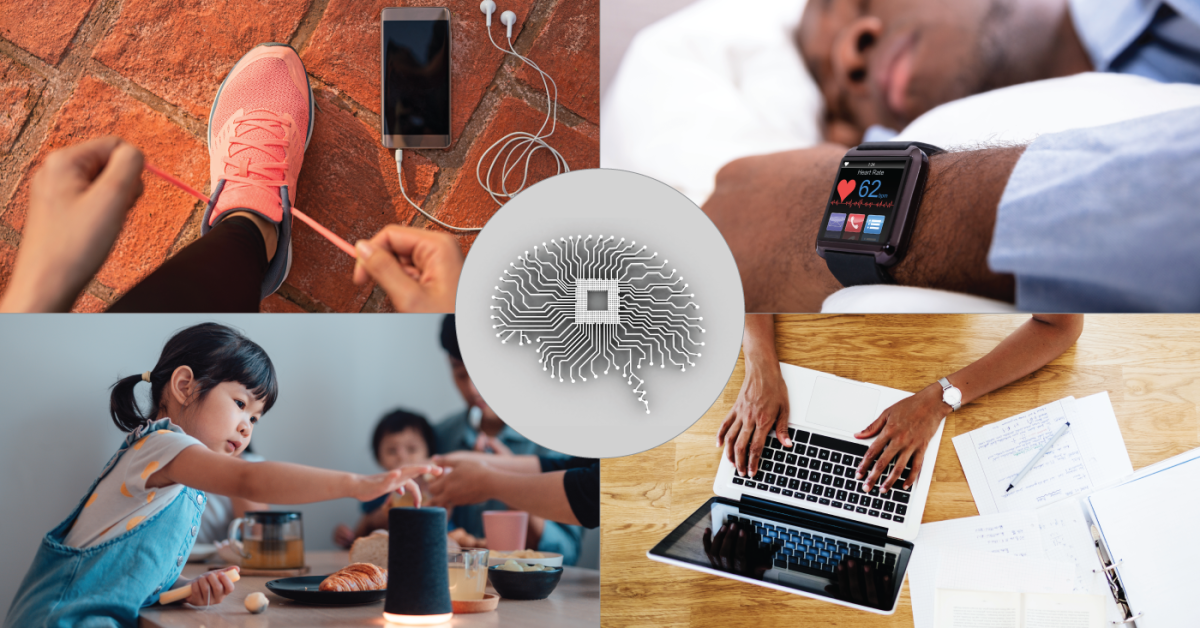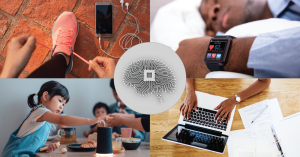How Artificial Intelligence Is Changing Our Daily Lives

Artificial Intelligence (AI) has long been the subject of science fiction and speculative debate. But today, it’s not only real—it’s embedded in nearly every aspect of modern life. From how we communicate and shop to how we work, learn, and even manage our health, AI is reshaping our routines in ways both subtle and profound.
While many people associate AI with robots or high-level tech, the reality is that AI quietly influences our everyday experiences, often in ways we don’t even realize. Here’s a closer look at how artificial intelligence is changing our daily lives—and what it means for the future of human well-being and lifestyle.

Smart Assistants and Personalized Convenience
One of the most obvious and widely used forms of AI is the digital assistant—think Siri, Alexa, or Google Assistant. These tools rely on natural language processing, machine learning, and cloud-based AI to interpret voice commands and deliver useful responses.
What This Looks Like:
- Asking your assistant to play music, set reminders, or check the weather
- Using voice commands to control smart home devices like lights, thermostats, or alarms
- Getting personalized news briefings or traffic updates tailored to your habits
These AI-powered tools offer more than convenience—they simplify decision-making and save mental bandwidth, allowing users to focus on what truly matters.
AI in Our Pockets: Smarter Phones, Smarter Living
Most people carry AI in their pocket without even realizing it. Smartphones are now equipped with intelligent software that learns user behavior to enhance functionality.
Everyday Applications:
- Photo recognition: Automatically categorizing and enhancing images
- Predictive text and autocorrect: Helping us communicate faster and more efficiently
- Personalized content: Social media feeds, playlists, and recommendations are tailored through AI algorithms
- Digital wellness: Tools that analyze screen time or suggest healthier tech habits
AI helps our devices work with us, adapting to our needs and reducing friction throughout the day.
Health and Wellness: AI as a Personal Coach
AI is increasingly being integrated into the health and wellness space, helping people take better care of their bodies and minds.
Examples Include:
- Fitness apps that adjust workout recommendations based on user progress
- Wearables like smartwatches that use AI to monitor heart rate, sleep quality, and stress levels
- AI-powered mental health tools like mood trackers or chat-based therapy bots
- Nutrition apps that suggest meal plans based on your goals, dietary restrictions, or biometrics
This kind of personalized support can make healthy living feel more accessible and sustainable, empowering users to take charge of their well-being without needing constant professional intervention.

Streamlining Work and Productivity
AI is not just for tech companies or data scientists. It’s becoming a silent partner in the everyday workplace, boosting efficiency and transforming how we approach tasks.
AI in Action at Work:
- Email filtering and smart replies that reduce inbox clutter
- Project management tools that predict deadlines or prioritize tasks based on urgency
- Virtual meeting assistants that summarize discussions and suggest action items
- Content generation and editing tools that enhance writing, design, and communication
Even if your job doesn’t directly involve AI, chances are your workflow is already being enhanced by it. This shift can reduce stress, improve focus, and give professionals more time to invest in creative or strategic thinking.
AI in Shopping and Consumer Behavior
Retail and e-commerce have been completely transformed by AI, and most consumers interact with it whether they know it or not.
Behind-the-Scenes Uses:
- Product recommendations based on browsing or purchase history
- Dynamic pricing that adjusts in real time depending on demand or customer behavior
- Visual search tools where users upload images to find similar items
- AI chatbots that provide instant customer service 24/7
AI has made online shopping faster, more intuitive, and incredibly personalized. The downside? It can sometimes promote impulsive buying or data over-collection, which raises questions around consumer ethics and privacy.
Enhancing Learning and Education
In both formal and informal learning environments, AI is playing a growing role in how people access, absorb, and retain knowledge.
Key Innovations:
- Adaptive learning platforms that adjust difficulty based on student progress
- Language-learning apps that tailor content to your mistakes and pace
- Educational bots and tutors that answer questions in real time
- Accessibility tools like real-time translation, captioning, or voice-to-text for learners with disabilities
These tools are democratizing education, making learning more flexible, inclusive, and responsive to individual needs.

Everyday Transportation and Navigation
AI doesn’t just live in apps or on screens—it’s also on the road. Whether you drive, bike, or ride-share, artificial intelligence is helping move you from point A to point B more efficiently and safely.
In Practice:
- Navigation apps like Google Maps use AI to suggest optimal routes, avoiding traffic or construction
- Ride-share services use AI to predict pricing, wait times, and passenger preferences
- Vehicle safety systems detect obstacles, provide lane-assist alerts, and in some cases, take automatic action
- Autonomous vehicles, while still evolving, are increasingly powered by AI for real-time decision-making on the road
These innovations are contributing to a more connected and predictive transportation experience, reducing commuting stress and making travel more accessible.
Is There a Downside?
As much as AI offers convenience and innovation, it also introduces challenges that society is still learning to navigate.
Points to Consider:
- Privacy concerns: AI systems often require access to large amounts of personal data
- Bias in algorithms: AI can perpetuate social or cultural bias if not carefully designed
- Job displacement: Automation of tasks can threaten certain roles in the workforce
- Overreliance on tech: Excessive dependence on AI may reduce critical thinking or human interaction
Balancing the benefits of AI with responsible use is crucial. The goal should be to use AI as a support tool—not a replacement for human intuition, empathy, or creativity.
Looking Ahead: A Coexistence with Intelligence
As artificial intelligence continues to evolve, it’s becoming less about machines replacing people and more about enhancing the human experience. The most successful integrations of AI are those that empower users to live better—through efficiency, personalization, and smarter decision-making.
In a sense, AI isn’t taking over our lives—it’s helping shape them more intelligently. Whether it’s managing your health, planning your day, or streamlining your commute, AI is becoming a quiet companion in the rhythm of daily life. And as long as we remain thoughtful about how we use it, that’s a future worth looking forward to.
